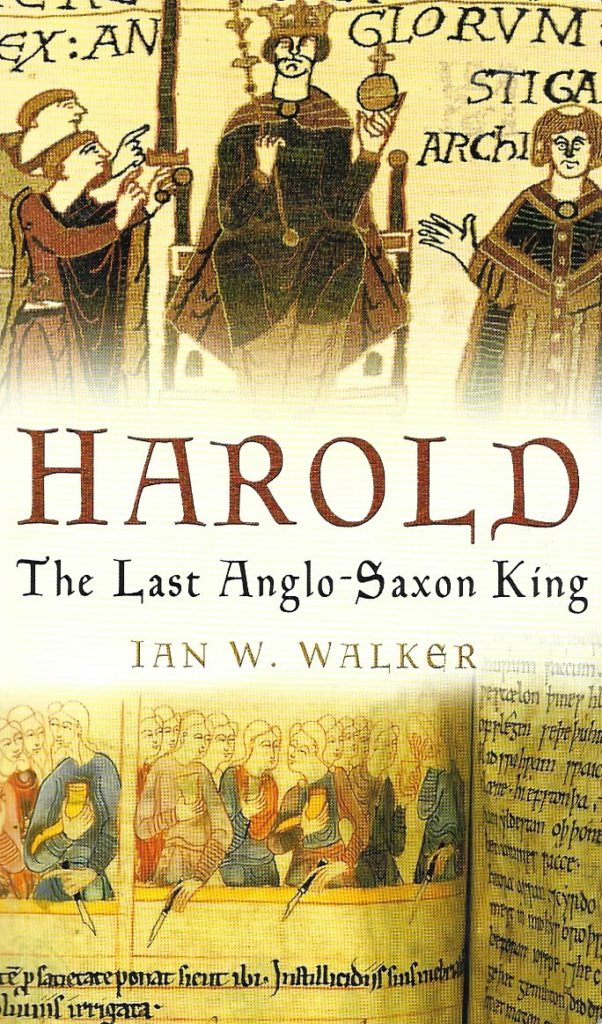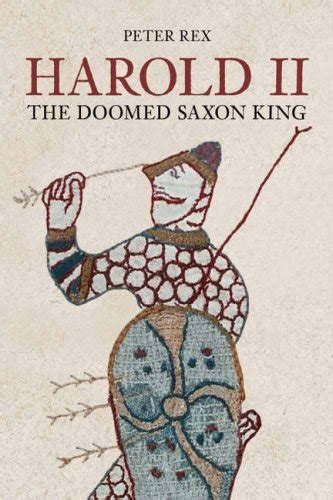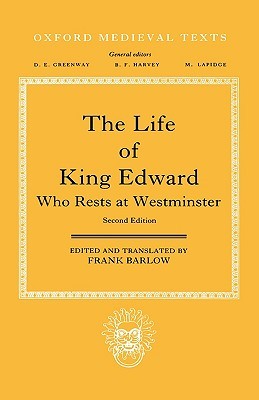I mentioned in my Just One Book post on Edward the Confessor that I thought it was surprising that there are so few modern biographies available about him. While I was surprised as well about the number of modern biographies available about Harold, it was for the opposite reason. Considering that he reigned for less than ten months and was then subjected to a decades-long campaign by his successors to disparage him and his achievements, I wasn’t expecting to find three works dedicated to his life and reign. No less fascinating to me is the range of interpretations contained in just these three works, giving anyone interested in learning about Harold their choice of an interpretive lens.
The oldest of these options is Piers Compton’s 1961 book Harold the King. It has much to recommend it in terms of readability, as to provides a straightforward description of its subject’s life within a narrative that is oftentimes dramatic. Yet Compton’s skill at storytelling does Harold a service, as it relies too uncritically on the sources from William’s reign, which were written with more of an eye towards shoring up a victor’s legitimacy than in fairly assessing a defeated king’s achievements. Because of this anyone seeking an introduction to Harold should steer well clear of it.
A similar warning is required for Ian W. Walker’s Harold: The Last Anglo-Saxon King. Unlike Compton, Walker employs his sources with the skepticism they deserve. Yet instead of seeking balance Walker instead errs too far in the other direction, interpreting Harold’s life in a way better suited for a defense counsel’s brief than a balanced historical analysis. While it’s very useful as a corrective for Compton’s work, ideally it shouldn’t be anyone’s starting point for learning about Harold.
By comparison to both Compton’s and Walker’s books Peter Rex’s biography of Harold offers the best of both worlds. Though not quite as entertaining as Compton’s narrative, it’s still provides a nicely readable account of Harold’s life that is sympathetic to its subject without being uncritical. These merits alone help to explain why it’s dominated the field since it was first published a decade and a half ago, and suggest that it will likely remain the go-to account for anyone seeking to learn about Harold for years to come. For anyone looking to read just one book about Harold, it’s really no contest – Peter Rex’s is the one to get.








